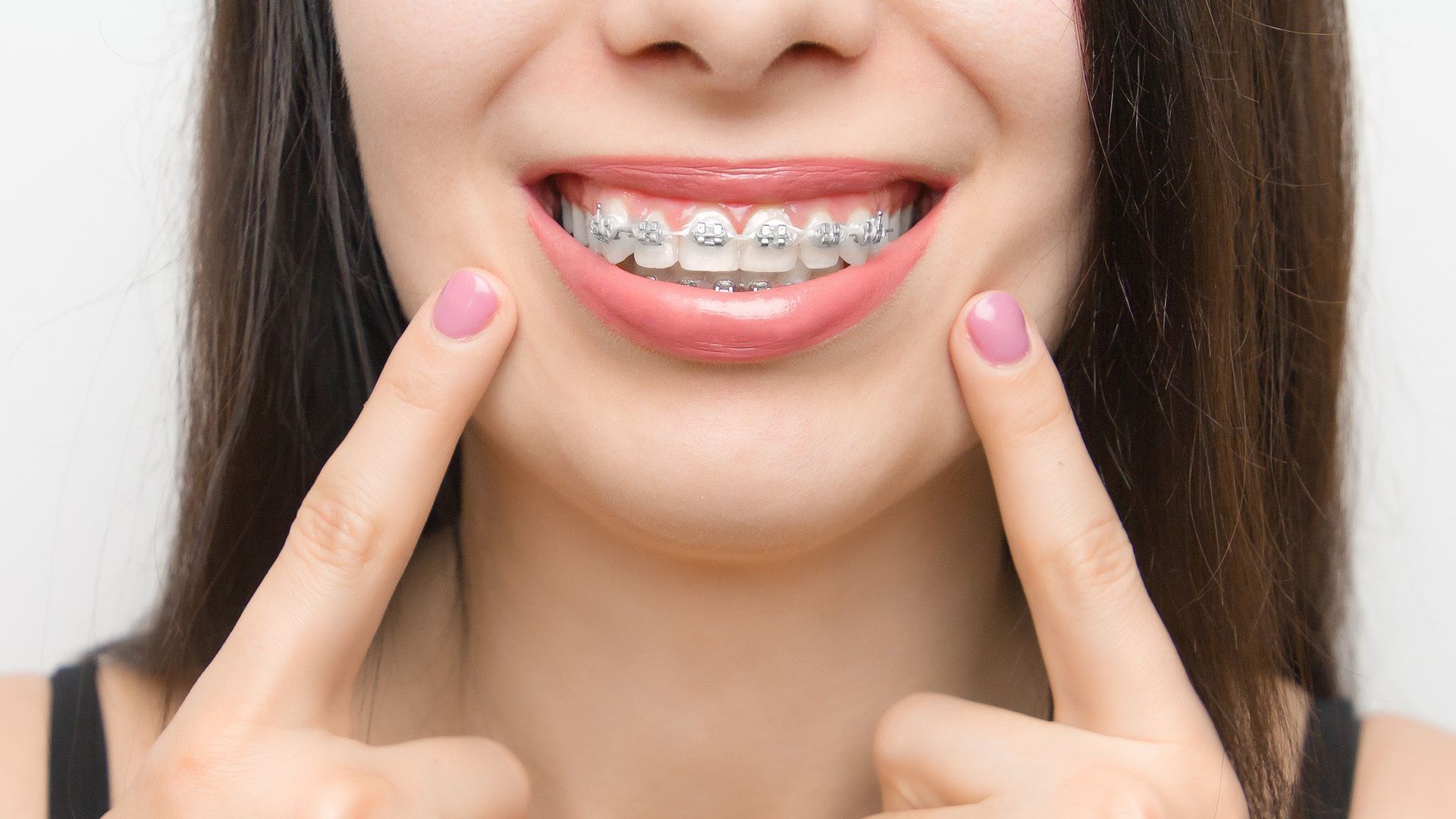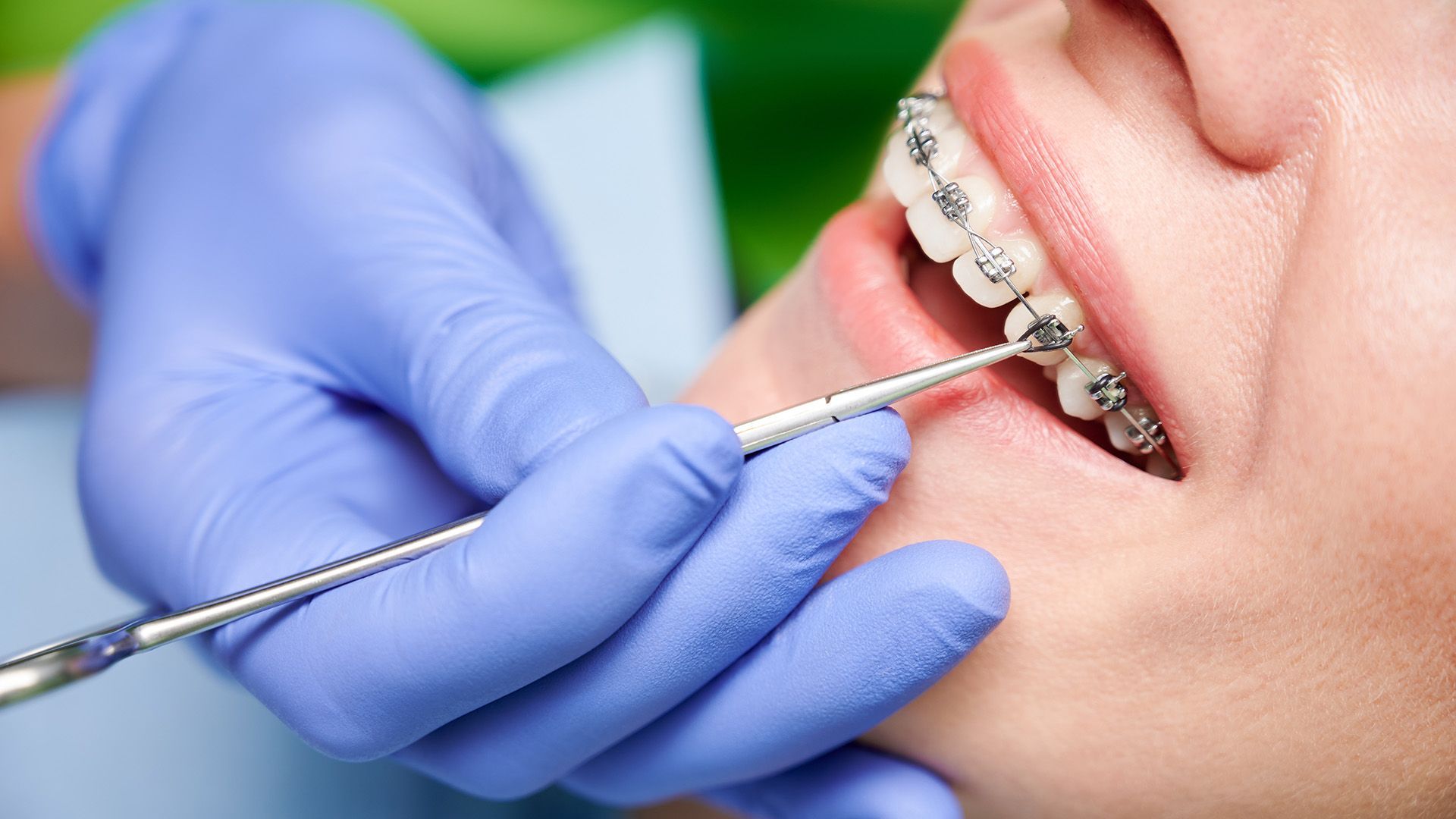How Are Braces Adjusted? A Clear, Step-by-Step Guide
Wondering how braces are adjusted and what actually happens at each visit? Adjustments are carefully planned appointments where your orthodontist fine-tunes your braces to keep teeth moving safely and predictably toward a healthier, well-aligned smile. This page explains why adjustments are essential, what components may be changed, and how your appointment typically unfolds. You’ll also find practical tips to stay comfortable after your visit. Whether you’re preparing for your first adjustment or want to understand the process better, we aim to make every step straightforward, supportive, and effective. You may also be asking how often braces are tightened, typical intervals are set by your orthodontist to maintain steady, healthy tooth movement.

What Is a Braces Adjustment?
A braces adjustment is a routine visit where your orthodontist refines the settings of your appliance so teeth continue to move according to your treatment plan. The goal is to apply precise, controlled pressure that encourages gradual, healthy tooth movement. Adjustments are scheduled at regular intervals to monitor progress, make targeted changes, and ensure your experience remains comfortable while staying on track. If you’re wondering how often are braces tightened, most patients are seen every several weeks, though timing varies by case.
Several parts of your braces may be updated during an adjustment. The archwire, the main component guiding tooth movement, may be changed, tightened, or shaped for more accurate control. Elastic ligatures (the small colored bands) are typically replaced to secure the wire to each bracket. If closing spaces is part of your plan, power chains may be added. Depending on your needs, lighter auxiliary wires, springs, or elastics may be used to address rotations, root positioning, or bite correction. Each element is selected to deliver just the right amount of pressure without overwhelming teeth or gums, and these changes are central to answering how braces are adjusted in practical terms.
Adjustments are part of your overall treatment strategy. Rather than moving teeth aggressively, orthodontists progress in carefully planned stages that prioritize tooth and gum health as well as long-term stability. At every visit, your team checks the fit of your bite, evaluates mobility, looks for signs of irritation, and updates the setup to match your goals. These incremental refinements help minimize discomfort, support predictable movement, and maintain an accurate timeline. Paired with strong oral hygiene and following your orthodontist’s guidance, consistent adjustments help you achieve the best possible result while clarifying how often braces are tightened for your specific needs.
Why Are Braces Adjusted?
Understanding how braces are adjusted clarifies why scheduled visits are vital. Adjustments provide the calibrated force that gradually aligns teeth and improves bite function. During each session, your orthodontist assesses progress and makes precise changes to the archwire, elastics, or other components so teeth continue to move along a planned, controlled path. This measured approach safeguards tooth health while steadily reshaping your smile.
Adjustments also let your provider address specific orthodontic needs as they arise. If you have crowding, spacing, rotations, or a bite discrepancy, the system can be fine-tuned to target those issues. Wire tension might be modified to derotate a tooth, elastics may be incorporated to improve how upper and lower teeth meet, or components may be swapped to keep movement efficient. Each visit is an opportunity to personalize treatment to your unique anatomy and objectives, and it’s a key part of understanding how often braces are tightened over the course of care.
Regular adjustments are essential because tooth movement depends on consistent, incremental changes over time. Postponing visits can slow progress, extend treatment, and sometimes increase discomfort. By keeping your appointments, you help maintain steady movement, protect oral health, and allow small issues to be corrected before they become larger concerns. These routine check-ins make your journey smoother, keep expectations realistic, and help deliver the confident, functional smile you’re working toward, while reinforcing how braces are adjusted at each stage.
What Happens During an Adjustment Appointment?
If you’re curious how braces are adjusted, here’s what you can expect. Your appointment is designed to be efficient and comfortable while ensuring your teeth continue moving as planned.
It begins with a review of your progress and a discussion of any tenderness, bite changes, or concerns since your last visit. Elastic ligatures are removed and, if needed, the archwire is gently taken out. Brackets, wires, and bands are examined, with minor repairs made if anything has loosened. A new archwire, or your existing one, is then placed, and small bends or contouring adjustments are made for precise guidance. Fresh elastics or ties secure the wire to each bracket. If interarch elastics (rubber bands between upper and lower teeth) are part of your plan, wear instructions are reviewed to ensure correct use. Before you leave, your bite is checked for comfort and your next appointment is scheduled, which helps answer how often are braces tightened in your specific plan.
Common tools and techniques include orthodontic pliers to place and contour wires, ligature ties and elastic modules to hold the wire in place, power chains to close spaces, and elastics to fine-tune bite relationships. You may notice bite sticks to help seat the wire fully into the brackets, measuring gauges for accuracy, and small separators if a tiny amount of space is required around certain teeth. These tools enable precise, incremental adjustments for predictable movement.
Most adjustment visits take about 20–30 minutes. You may feel brief pressure while wires and elastics are changed. Mild tenderness is common for a day or two afterward as teeth respond to new forces, over-the-counter pain relief as directed and a short-term soft-food diet can help. You’ll receive care tips, elastic wear guidelines, and hygiene recommendations tailored to your treatment so you leave confident about next steps and with a clear sense of how often braces are tightened moving forward.
Post-Adjustment Care: Comfort Tips
Knowing how are braces adjusted helps you anticipate the first 24–48 hours after your appointment. It’s normal to experience mild pressure or soreness as teeth adapt. To manage discomfort, consider over-the-counter pain relievers as directed by your provider, use a cold compress on the cheeks for 10–15 minutes at a time, and apply orthodontic wax to any areas where brackets or wires rub. Gentle saltwater rinses can soothe tender gums and cheeks. Maintaining excellent brushing and flossing habits (including cleaning around brackets and along the gumline) helps reduce inflammation and keeps your mouth healthy.
Your diet matters right after an adjustment. Choose soft foods such as yogurt, mashed potatoes, pasta, scrambled eggs, smoothies, oatmeal, and soups to reduce chewing strain. Avoid hard, sticky, or crunchy foods that could stress newly adjusted wires and brackets, examples include nuts, ice, popcorn, caramel, and chewy sweets. Drink plenty of water, and opt for room-temperature foods to minimize sensitivity. As tenderness improves, gradually return to your usual braces-safe meals.
Reach out if something doesn’t feel right. Contact your orthodontic office if discomfort is severe and not improving after two days, if a wire is poking and wax does not help, if
a bracket loosens or breaks, or if you notice unusual swelling or sores. They can advise on simple at-home fixes or schedule a quick visit to resolve the issue. Following these post-adjustment tips keeps you comfortable and supports smooth, steady progress toward a straighter, healthier smile, while keeping you informed about how often are braces tightened and how braces are adjusted throughout treatment.













